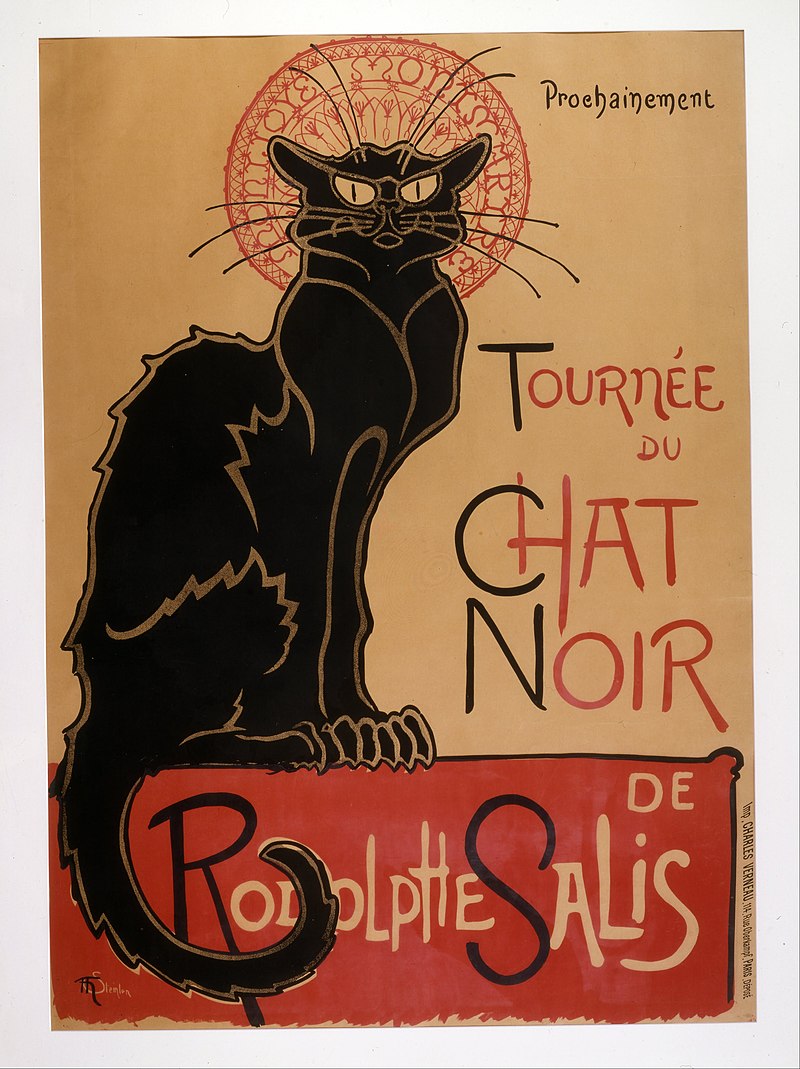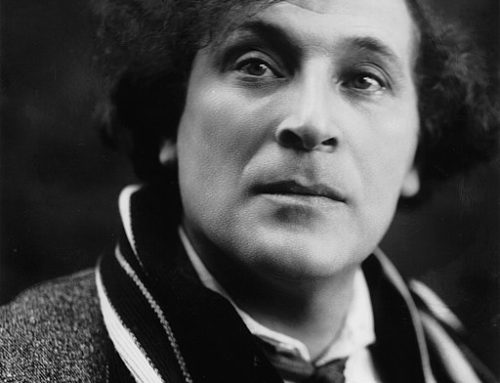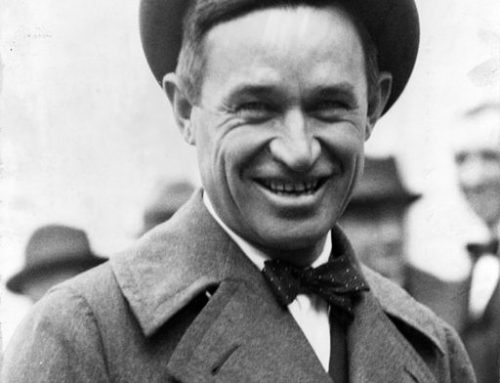Cabaret is a French word that originally referred to any business serving liquor. It is an appropriate term for the intimate nightspots where audiences can enjoy drinks while listening to singers and stand up comics, and watch floorshows. The cabaret reflects the changing social and cultural codes of the times.
The first known cabaret act, Le Chat Noir, took place in the Monmartre district of Paris in 1881. It was a place for poets, artists, and composers to share ideas and new compositions. It attracted such notables as Maupassant, Debussy, and Satie, as well as anyone looking to soak up a little artsy atmosphere. Those who performed had a free opportunity to test their material; audiences had a stimulating evening for the price of a few drinks. Soon other cabarets sprang up all over Paris and then the European Continent. Within thirty years, the nightclub sprang up in the United States.
By the 1920’s, the Berlin cabaret would include satiric sketches, torch songs, transvestitism and more. The purpose of nightclubs (cabarets) was to push back the harsh realities of life with a few drinks and entertainment.
During the Depression, the ‘speakeasies’ developed in the United States. Women singing sad songs and male comedians became their common staple. When Prohibition ended American drinkers were in the mood to celebrate. Although the Great Depression was at its worst, large nightclubs with lavish shows became the order of the day. Places like the Copacabana, The Diamond Horseshoe or The Costillion Room featuring former vaudeville headliners as Jimmy Durante or Sophie Tucker drew large audiences through the advent of television. The 1950’s the Catskills provided a full array of entertainment. The advent of television led to a significant decline in the number of nightclubs throughout the United States. New York still housed evening cabaret acts. In the Village, Judy Holliday, Eartha Kitt, Woody Allen and Joan Rivers showcased their talents. . The spectacular boon of Las Vegas with its full panoply of evening acts provided the main avenue for evening entertainment.
In Europe the cabaret remained a staple part of life in the West. Thus, throughout the postwar era France has always enjoyed five or six excellent cabaret acts. Paris supports at least five upscale cabaret acts and an equal number of jazz clubs. The Most famous cabaret clubs are Au Lapin Agile, Moulin Rouge, and Paradis Latin. Our second evening, we attended a cabaret show at Paris Latin. Gustave Eiffel (The same architect of the Eiffel Tower) built the theatre. The show was most tastefully presented. While its highlights were extremely attractive women attired in shimmering costumes, performing acrobatic dances, we also enjoyed magicians, acrobats and comedians. When I was a teenager, I first saw a similar performance in Paris. In those days, Hollywood had very strict censorship. Thus, seeing almost naked women was a shock to my young system. I recovered then and now.




